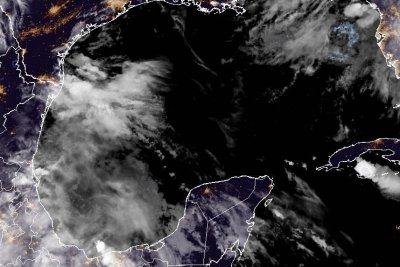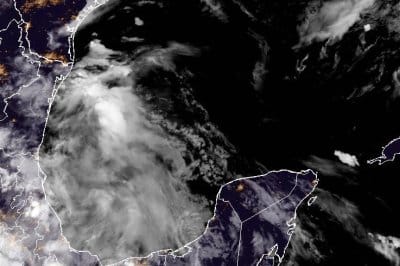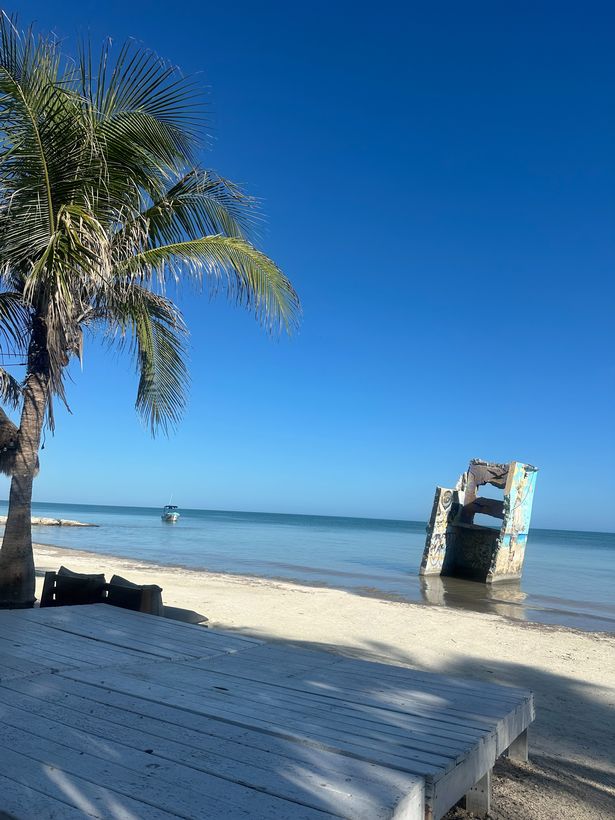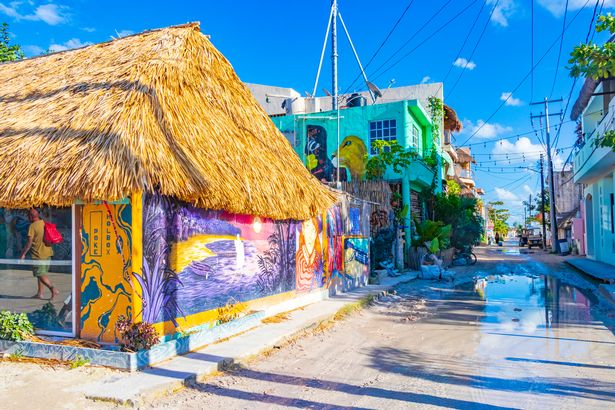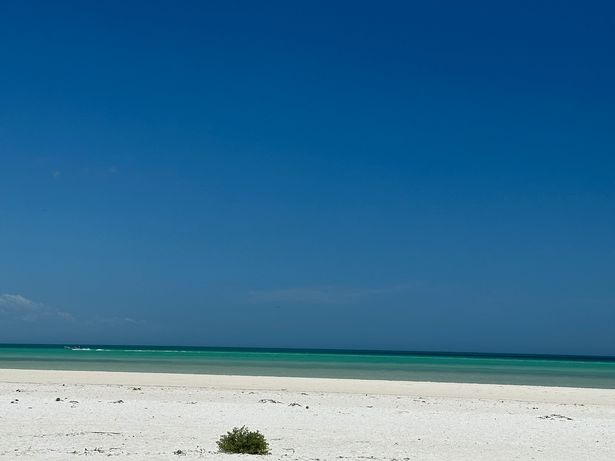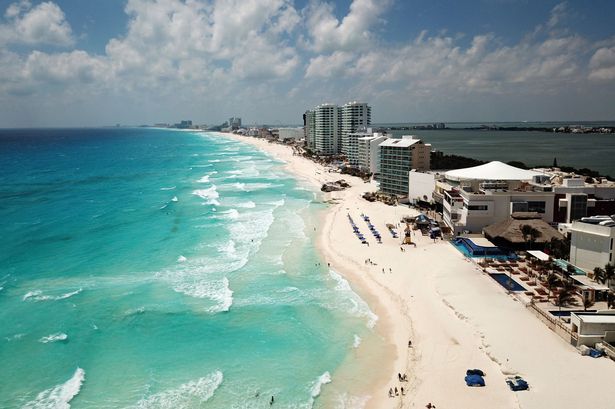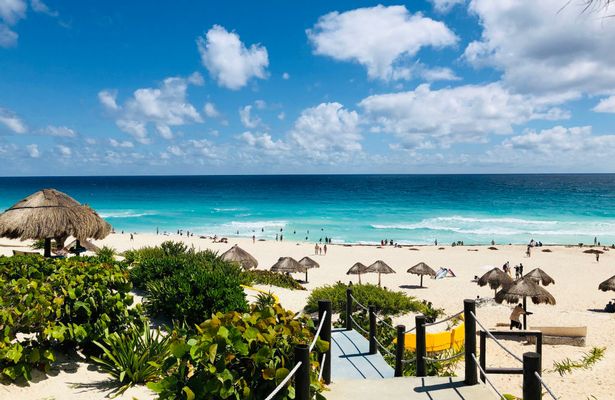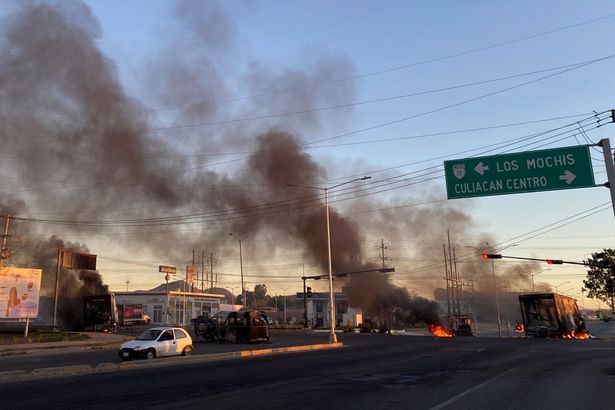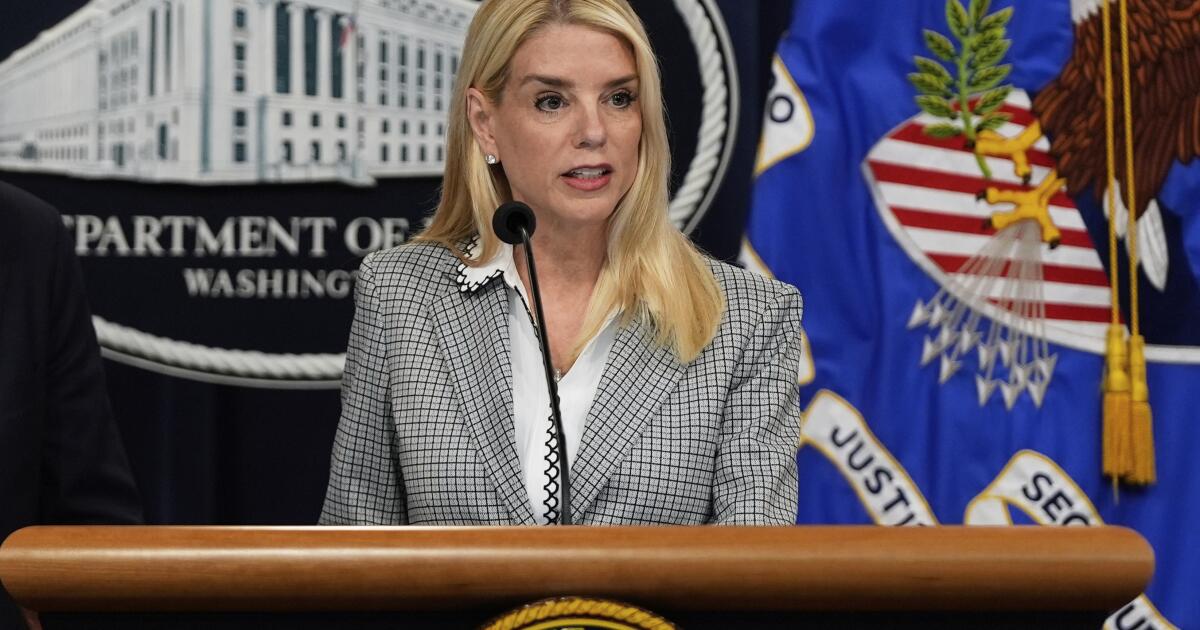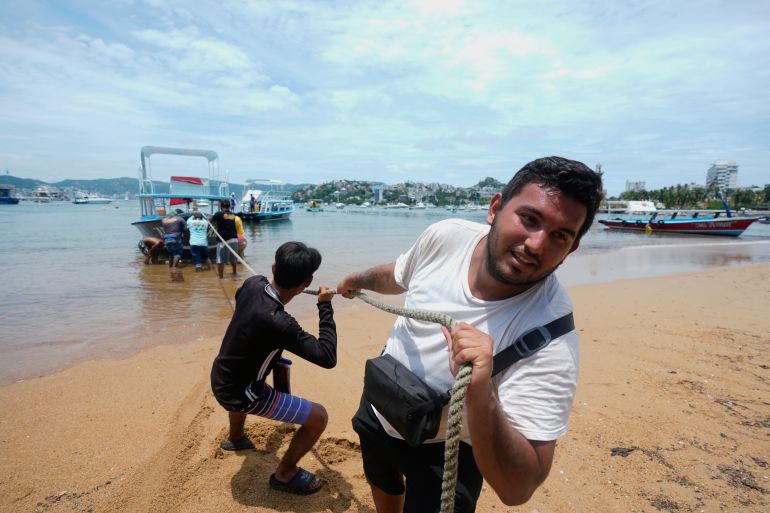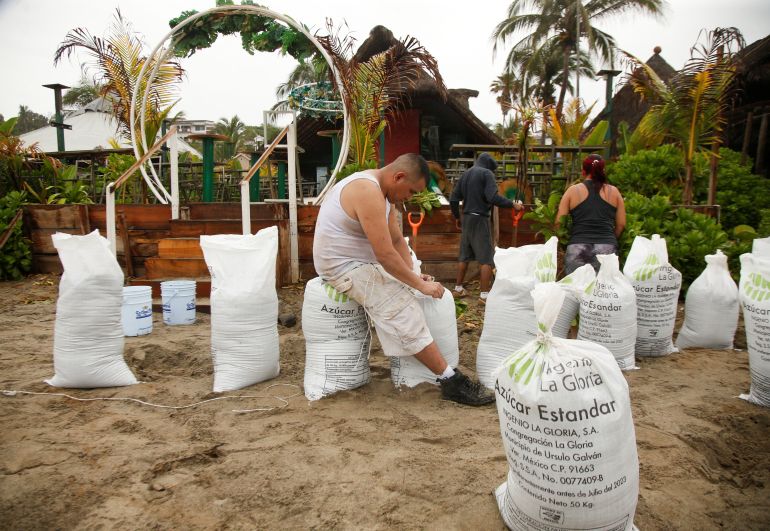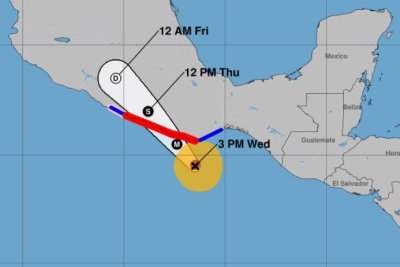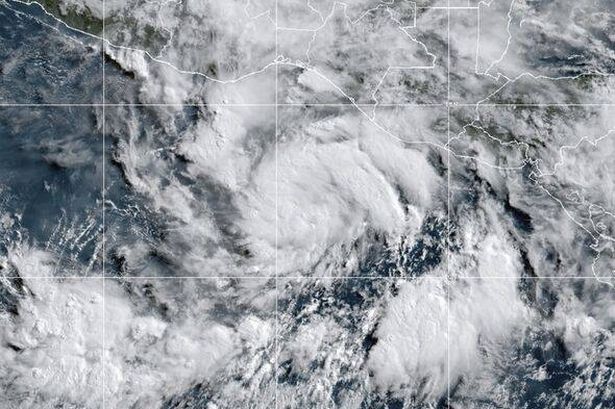This little-known Mexican island completely blew me away with its dream-like beaches, affordable prices and wealth of fauna including tropical birds, flamingos and monkeys
When booking a trip to Mexico, a lot of people flock to the touristy hotel zone in Cancun – but I wanted to veer off the beaten track and stay somewhere more affordable.
So I hopped on a two-and-half bus ride from Cancun’s centre to the port town of Chiquila, on the east tip of the peninsula. From there, I took the ferry to to the lesser-known island of Holbox. I’d heard it was a ‘hidden gem’ and it was recommended on comment threads and backpacker blogs. They promised white-sand beaches, electric Caribbean waters, and mouth-watering Mexican cuisine. It completely blew me away.
Isla Holbox was once a small fishing village, with little more than 100 families and a dozen hotels nestled on its sandy soil. It’s now been expanded to fit even more rooms, hostels and restaurants – but doesn’t feel in any way crowded.
READ MORE: Millions of Brits are forgoing travel insurance but my holiday nightmare shows you need it
My boyfriend and I opted to stay in a private room in Che Holbox, a modern-feeling hostel just 10 minutes’ walk from the island’s main beach. It cost just £28 per night, with a pool, bar and (crucially) air-conditioning.
As an island on the Caribbean Sea, Holbox is hot: but its proximity to the azure waters completely negates the heat. Shade can be found under gently wafting palms and ducked under market tents. Wandering down its sandy streets, there are hardly any cars – though tourists and locals may trundle past in golf buggies.
As you stroll into the main town there are endless options for food: taquerias, brunch bars, seafood restaurants. On our first morning, we enjoyed a mouthwatering breakfast by the beach with strong American coffee and huevos motulenos: eggs with beans, salsa and fried banana. In the morning, there were hardly any other beachgoers, meaning we could listen to the tropical caws of the great-tailed grackles and the soft lap of the waves as the heat began to stir.
While many parts of Mexico’s Mayan Riviera (which includes Cancun) can become bombarded by saragassum during the summer months – a sulfuric smelling thick brown seaweed – its presence was scarce on Holbox’s shores, allowing you to enjoy an idyllic view.
During the day, we went on a cycling trip through the island to Punta Mosquito: a beach further north where you could spot flamingos. Wading through the warm water, there were several sand banks, meaning you could walk out for a while without needing to swim (although I did spot a sting rays I was careful not to step on).
While traversing the beach, we also passed by the island’s large protected wildlife zone, the Yum Balam Reserve. Home to glistening lagoons, mangroves, jaguars, crocodiles, monkeys and turtles, it costs around just £8 for visitors to enter.
After cycling to Playa Punta Cocos, we refreshed ourselves with coconut milk by the beach, followed by margaritas rimmed with lip-licking salt and spice. We also ordered a fresh bowl of guacamole with nachos, while an iguana rested on the tree branch next to us. For the most part, cocktails in bars and restaurants cost around £5, while beers were between £2-3.
While we took it easy, there are countless other activities that holidaymakers can get up to. Holbox is one of the few places in the world where you can swim with whale sharks. Despite their name, these giant sea creatures are known for being very gentle.
There is also a bioluminescent beach, which shows up best during summer months, and which visitors can come to admire once the sun sinks behind the horizon and the sea is lit up by thousands of tiny plankton.
